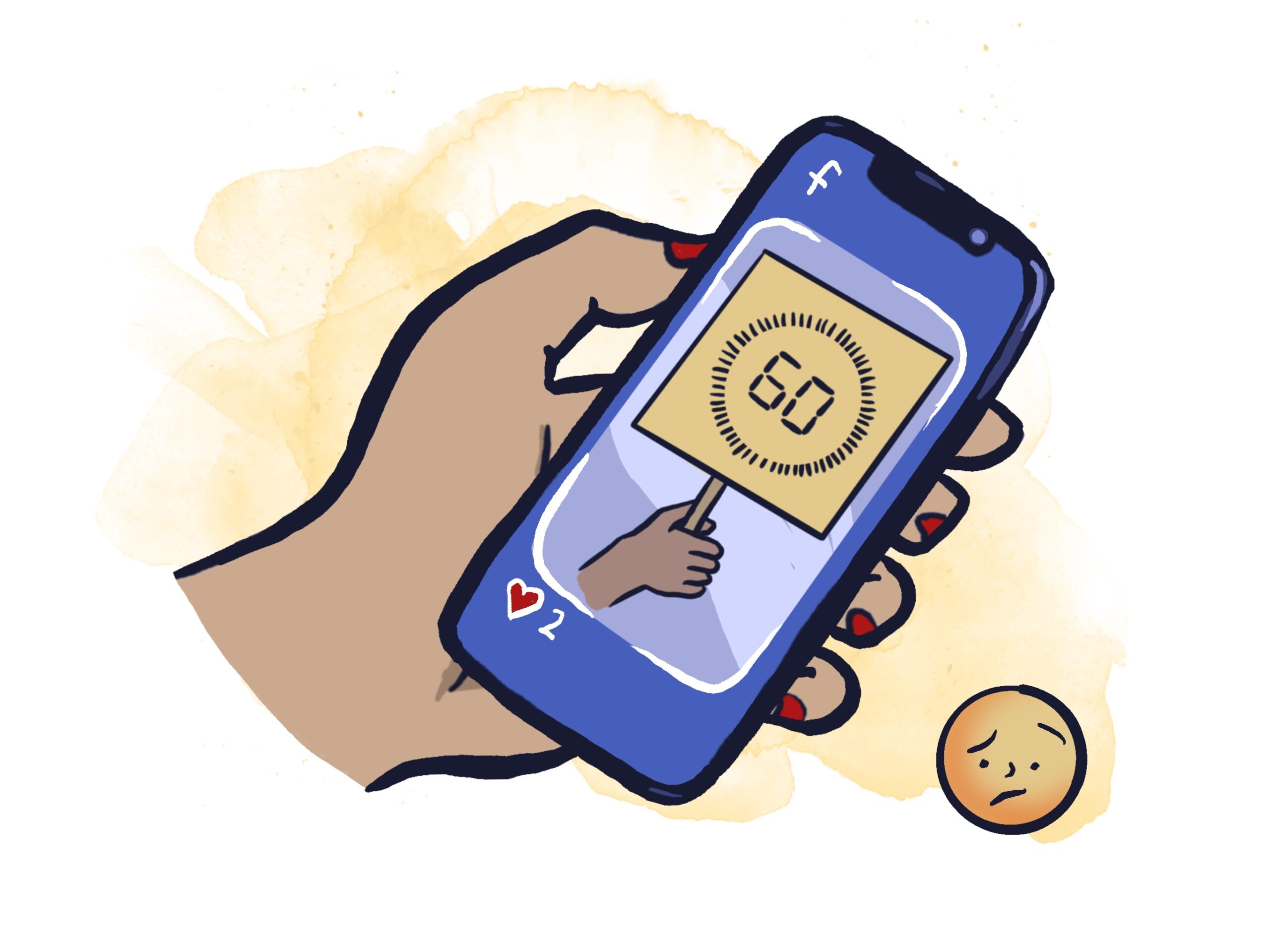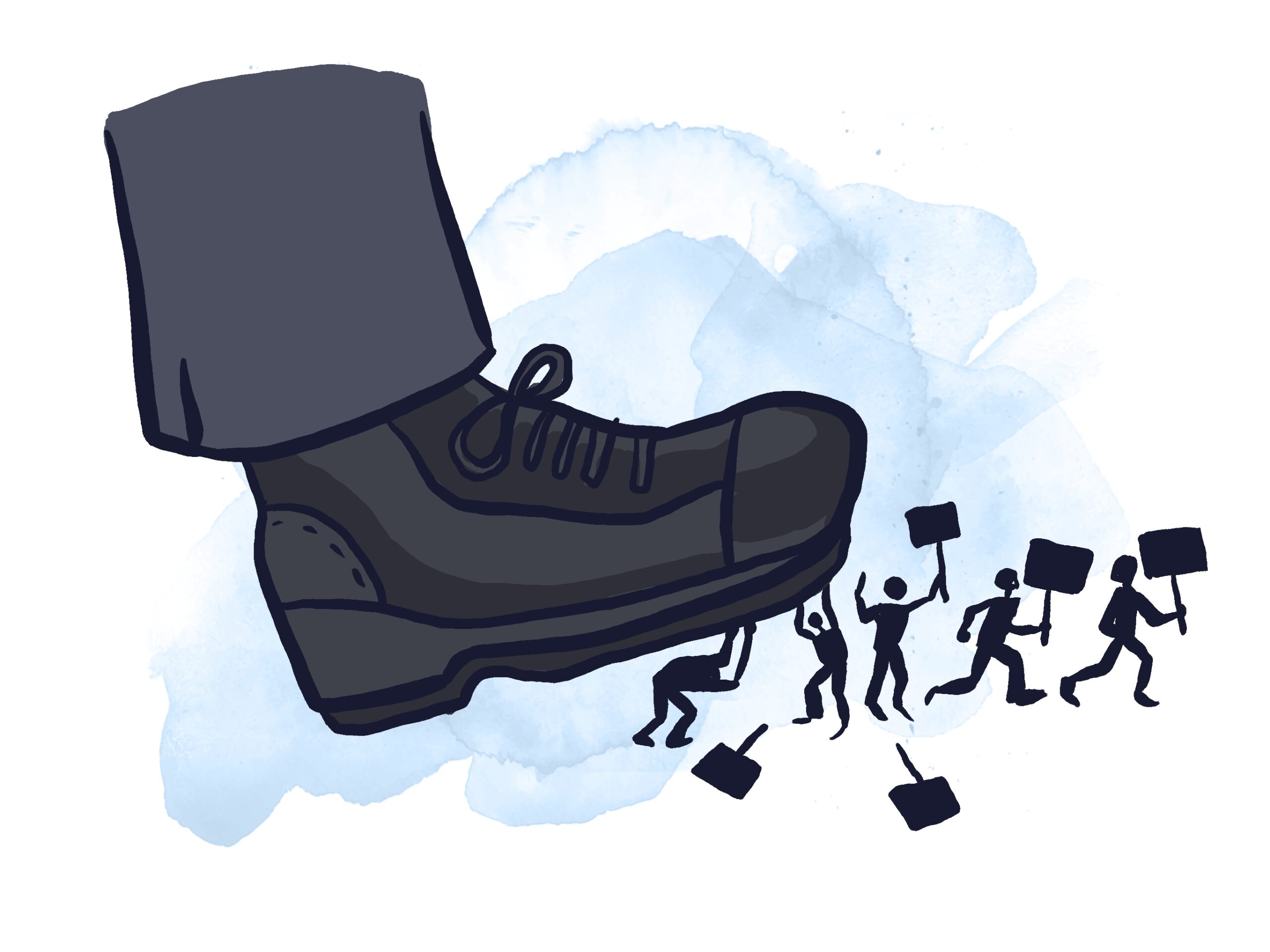Your group decides it’s time to escalate now. You put out a call for full disobedience on all social media channels and to everyone you talk with. But people are reluctant to join, and your worry grows that the call was premature.


During the weeks leading up to the strike, you try to warn people that not enough organizing has happened. Hundreds of college campuses are prepared, and a few local unions and minor groups sign up. But only two national unions endorse the strike — with more publicly rebuffing the efforts. Most of the people joining have already been in the disobedience camp.
On strike day — February 21st — the weakness of your movement is exposed. Far less than 0.3% of the population join. Trump moves fast to dismantle the movement. With very little political backing and media calling it weak, you can tell the movement is overexposed. Some movement leaders manage to get underground, but many others are rounded up and arrested on trumped up charges. You are spared — but you watch as the movement disintegrates.


You feel this outcome was preventable. The tactic was right, but the timing was off. Pulling off a strike requires a lot of preparation and buy-in from a wide segment of society. But this time, it’s too late. Trump maintains his grip on power. His family remains in power for decades.
THE END.
You didn’t win this time. Luckily, this is just a game. Unfortunately, it is true that movements can get stuck in one tactic or a single approach. To speak to new people, however, they often have to switch it up — and knowing when to do that isn’t always obvious.
Read Closing Thoughts from the author.
